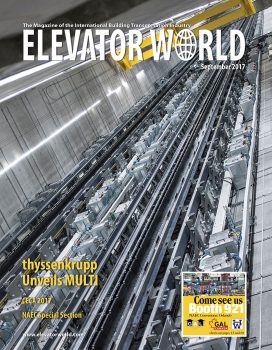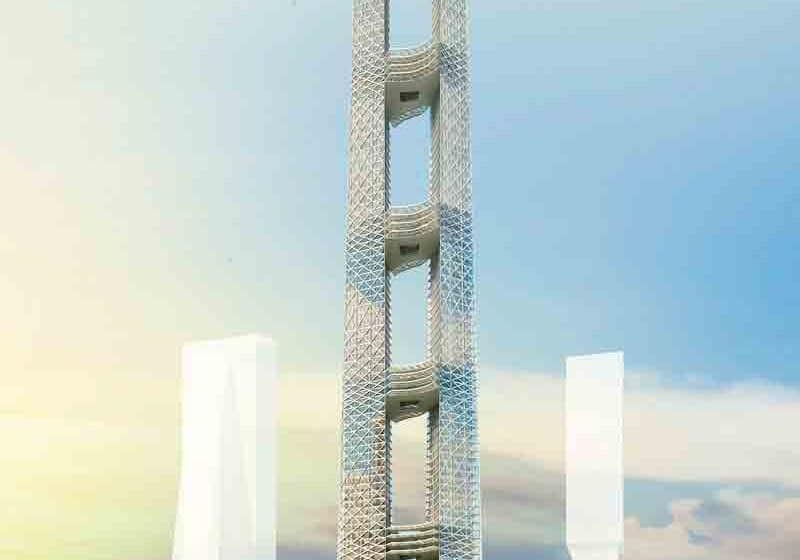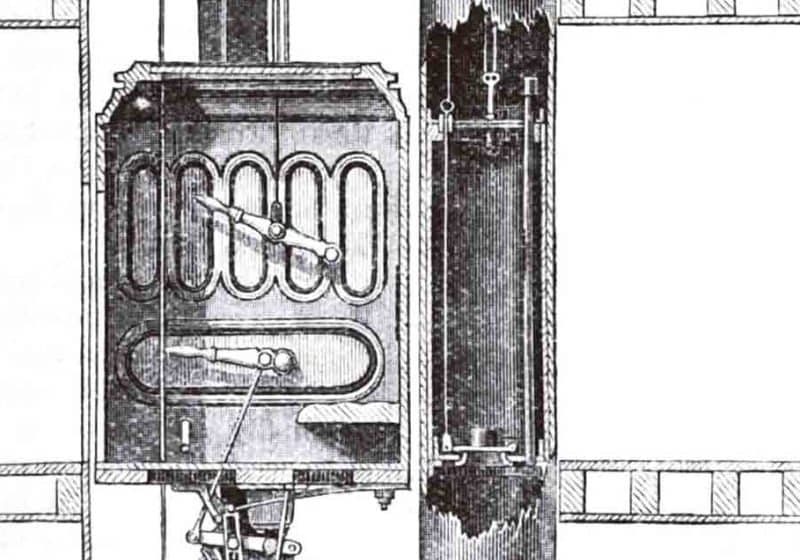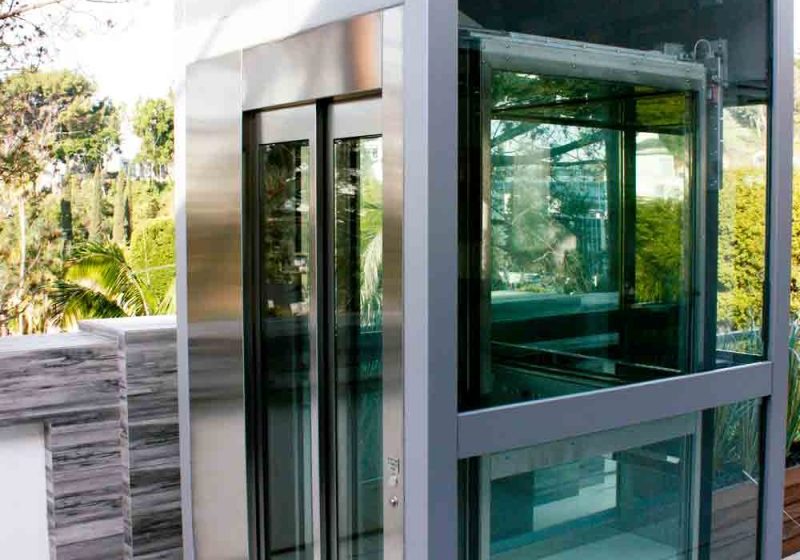Injuries affect more than just your employees; they hurt your bottom line.
Maintaining a safe environment for employees, contractors and other visitors to your facility or jobsite is an essential element of risk management, particularly for those within the elevator industry. According to studies from OSHA, for every dollar spent on safety programs, businesses can save four to six times that amount in costs associated with injuries and fatalities.
For elevator businesses that have high-deductible insurance programs, the direct costs are reflected immediately after the claim is paid. For large losses that surpass the deductible, the claims history will increase pricing for the insurance policy at renewal, similar to how a guaranteed-cost (where your insurance company pays the first dollar) program works. Even in a guaranteed-cost program, a poor loss history will cause premiums to increase substantially and may result in your being dropped by your insurance carrier.
Falls and overexertion are among the top workplace injuries, costing companies as much as US$25 billion per year, according to the Liberty Mutual Workplace Safety Index. Combined, they generate more than 50% of the leading causes of disabling workplace injuries. Yet, with a little extra effort and consideration, employers can take necessary steps to minimize their risk.
Falls from Heights
In the elevator industry, working from heights is inevitable. Unfortunately, these types of falls are among the most dangerous, often resulting in serious injury or death. To prevent employee injury, it’s imperative that fall-protection training and procedures are implemented and the proper safety equipment is provided, especially when workers are exposed to a fall of six feet or more to a lower level (which is almost always the case for those onsite in the elevator industry). The proper use of the following options can greatly prevent serious injury or death:
- Personal fall-arrest system (PFAS): PFAS includes a body harness, lifeline and shock-absorbing lanyard. Make sure your employees use a PFAS when it is mandated and, equally as important, make sure they know how to use it (as outlined in the Elevator Industry Field Employees’ Safety Handbook or company safety program.) Designate a team or individual to be responsible for doing a periodic field inspection.
- Guardrail system: This is required on top of an elevator car, open hoistway or escalator wellway. The height of the top rail, mid rail and toeboards must comply with OSHA standards. The type of work being done and type of equipment being worked on will dictate the sort of guardrail system or barricade that must be used. Additionally, there are specific requirements for warning signage.
Overexertion
An overexertion injury is cumulative in nature and results from long-term wear and tear on the musculoskeletal system. Work conditions often only contribute to the injury and are not typically 100% responsible for it, which makes it difficult for everyone — business owners, supervisors, claims representatives, insurance carriers, as well as the employees themselves — to determine the injury’s root cause. Not being able to see the injury nor identify a specific point in time when the injury occurred makes it very difficult to determine where the incident really happened and to understand if the injury were sustained in the course of the workday. There may have been a specific point in time when the employee felt the injury, but it can be difficult to quantify where the responsibility lies.
To prevent these overexertion injuries from having a negative effect on your workforce, it’s important to take the following multifaceted approach:
- Focus on pre-hire qualifications: Hire a third party to perform physical and functional capacity evaluations and assess the physical abilities and requirements of each job. Once these are solidified, qualify potential employees to make sure they can meet the demands of the job.
- Make work conditions as safe as possible: Provide tools to make the job as easy as possible, including designing the workplace so employees of all sizes can work with good posture to avoid excess stress to their musculoskeletal system. Try to provide as much flexibility as possible in a fixed workstation so your employee population can work in a neutral and comfortable posture.
- Maintain a healthy workforce: Fit and healthy employees are less likely to suffer overexertion injuries — and will recover faster if they do — than employees who are unfit and unhealthy. An unhealthy workforce will drive up the costs of employee care.
Return-to-Work Program
While there are many useful methods of minimizing the risk, workplace injuries are not always completely avoidable. Regardless of the cause of injury, establishing a well-thought-out return-to-work program will help minimize employer costs, while keeping employees mentally and physically acclimated to the work environment.
When the insurance carrier pays employees’ wages for a prolonged period, it raises the cost of insurance for employers, so it is important that injured employees be kept as close as possible to (without exceeding) their doctors’ restrictions, which will aid their quick return to normal duty. Allowing an employee to come back to work, even with limitations, keeps the employer’s costs down and employees engaged.
Get more of Elevator World. Sign up for our free e-newsletter.









